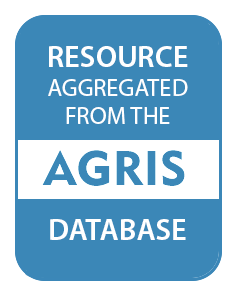Resource information
The South-to-North Water Transfer (SNWT) Project of China is the largest of its kind ever implemented. Of its three routes (i.e., East, Middle and West), the middle one will transfer 14 billion m³ of water annually from the Han River, a tributary of the Yangtze and the water supplying area, to Beijing by 2030. Thus water quality in the 95,000 km² upper Han River basin is of great concern. A watershed management initiative has been implemented in the basin, and the ultimate objectives are to quantify basin's ecosystem functioning and to develop an integrated management system with respect to water resources conservation. Specifically, the program includes five activities: characterization of riparian ecosystems, detection of land use and land cover change, quantification of nutrient cycling of representative ecosystems, determination of spatial and temporal variations of water quality, and finally development of a watershed management system for water conservation. This article provides the justifications of the watershed management initiative and the initial results are comprehended with respect to the water conservation in the Han River basin.


